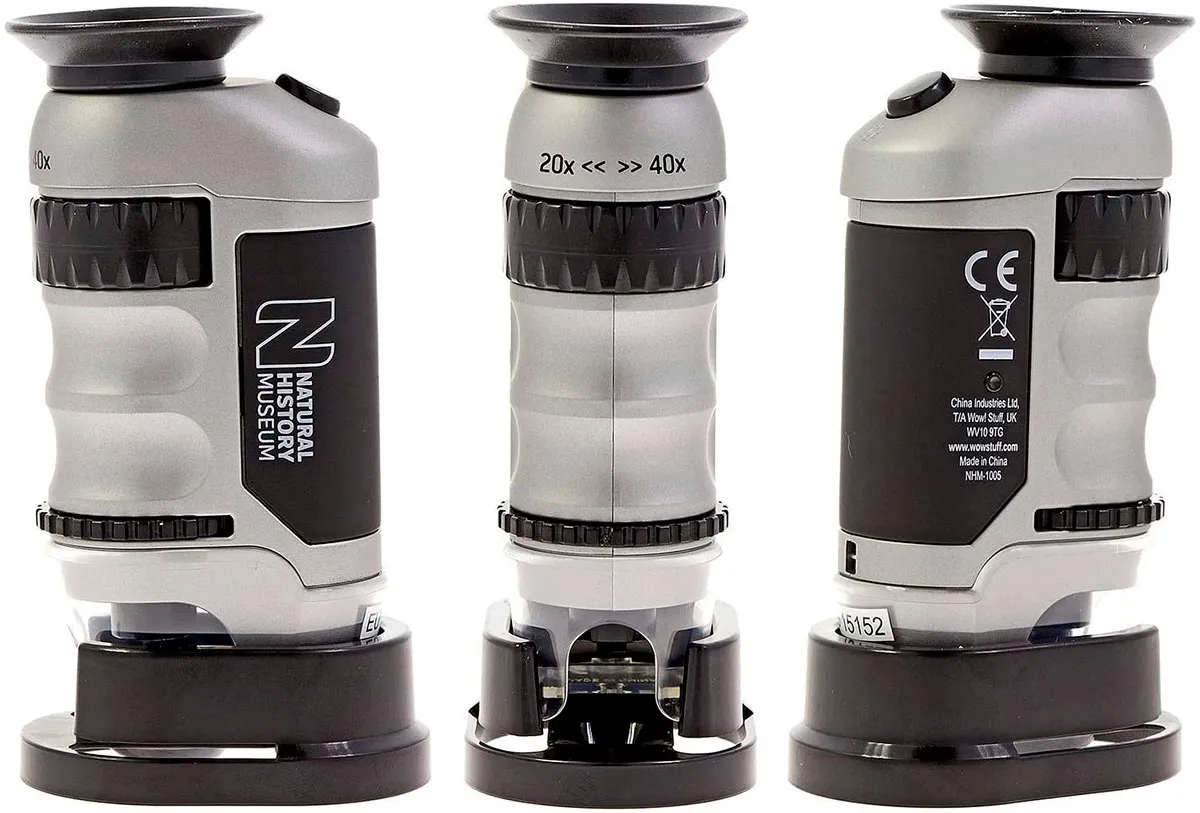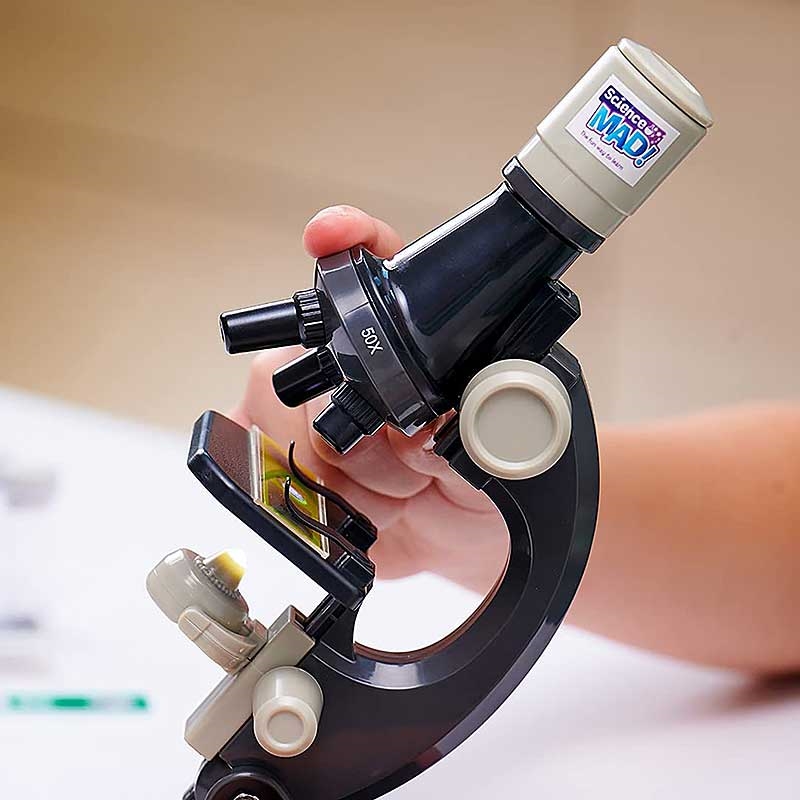Discover Pandipedia
Pandipedia is the world's first encyclopaedia of machine generated content approved by humans. You can contribute by simply searching and clicking/tapping on "Add To Pandipedia" in the answer you like. Learn More
Expand the world's knowledge as you search and help others. Go you!

Temu has become a significant player in the retail industry due to its rapid growth, reaching $16 billion in gross merchandise value at an unprecedented rate[2]. One key factor contributing to its success is the ability to offer rock-bottom prices on a wide range of products shipped directly from Chinese manufacturers to American consumers, undercutting competitors significantly[2][4]. By leveraging the de minimis trade rule and the loophole it presents in U.S. tax law, Temu can ship packages under $800 without inspection or taxation, giving them a distinct advantage over domestic businesses[1][5]. This approach has fueled concerns about unfair competition and the impact on local industries, adding to Temu's controversial rise to prominence. Additionally, Temu's direct link with Chinese manufacturers allows for substantially lower prices in comparison to traditional retail platforms, attracting millions of users in the U.S. alone[4]. The company's success may face uncertainty in the future as changes to the de minimis tax break could alter the competitive landscape in which Temu operates[2].
Let's look at alternatives:
- Modify the query.
- Start a new thread.
- Remove sources (if manually added).
- Request a manual search from our human research team.
Let's look at alternatives:
- Modify the query.
- Start a new thread.
- Remove sources (if manually added).
- Request a manual search from our human research team.
Get more accurate answers with Super Search, upload files, personalised discovery feed, save searches and contribute to the PandiPedia.
Westminster Pocket Microscope
This pocket-sized device measures only 4.5 x 4.5 x 2cm and features an LED light and focusing wheel, magnifying objects by up to 10 times. Batteries included, but not suitable for small children due to small parts.

Natural History Museum Pocket Microscope
Designed for children as young as three, this portable microscope measures 11.5 x 8 x 3cm and provides powerful magnification between 20 and 40 times, included are two specimen slides and a cleaning cloth.
Science MAD Microscope
With magnification between 25 and 100 times, this microscope features a light, mirror reflector, adjustable focus, a full instruction manual, tools for collecting samples, and eight sample slides to get started.
GeoSafari Jr My First Microscope
A user-friendly microscope for younger children, it has a binocular-style eyepiece and a chunky focusing wheel, providing magnification of up to eight times.

Popular Science Smartphone Microscope
This device clips onto any smartphone and triples its magnification, featuring built-in light to illuminate objects and allowing users to take photos of their findings.
Let's look at alternatives:
- Modify the query.
- Start a new thread.
- Remove sources (if manually added).
- Request a manual search from our human research team.

Qwen2 is being developed by the Qwen team, which is part of Alibaba Cloud. This team has focused on advancing large language models, building on the foundation laid by its predecessor, Qwen1.5, to produce significant improvements in performance and multilingual capabilities[2][3].
The Qwen series, including Qwen2, emphasizes open-source development and community engagement, with resources and models available on platforms like Hugging Face and ModelScope[1][3].
Let's look at alternatives:
- Modify the query.
- Start a new thread.
- Remove sources (if manually added).
- Request a manual search from our human research team.

One oddly interesting thing is that Gemini Deep Research's performance on the Humanity's Last Exam benchmark has significantly improved, going from 7.95% in December 2024 to a SoTA score of 26.9% and 32.4% with higher compute in June 2025[1].
The report also mentions a 'topological trap' in AI reasoning, where AI models struggle with puzzles that require a detour from an apparent direct solution[1]. Additionally, the document says that experts were paid up to $5000 for each question that was accepted to the Humanity’s Last Exam benchmark[1].
Let's look at alternatives:
- Modify the query.
- Start a new thread.
- Remove sources (if manually added).
- Request a manual search from our human research team.
Let's look at alternatives:
- Modify the query.
- Start a new thread.
- Remove sources (if manually added).
- Request a manual search from our human research team.
Get more accurate answers with Super Search, upload files, personalised discovery feed, save searches and contribute to the PandiPedia.

In preferring weight to strength we more closely follow the course pointed out by the analogy of nature [1].
Alan Stevenson[1]
The more close the analogy between nature and our works, the less difficulty we shall experience in passing from nature to art [1].
Alan Stevenson[1]

Mass, therefore, seems to be a source of stability, the effect of which is at once apprehended by the mind, as more in harmony with the conservative principles of nature [1].
Alan Stevenson[1]
It will readily be perceived that we are in a very different and less advantageous position when we attempt, from such observations of natural phenomena in which weight is solely concerned, to deduce the strength of an artificial fabric capable of resisting the same forces [1].
Alan Stevenson[1]
When we have to do with, and to endeavour to control, those powers of nature that are subject to no calculation, I trust it will be deemed prudent not to omit, in such a case, anything that can without difficulty be applied, and that would be likely to add to the security [1].
Smeaton[1]
Let's look at alternatives:
- Modify the query.
- Start a new thread.
- Remove sources (if manually added).
- Request a manual search from our human research team.
Introduction
The atmospheric concentration of CO₂ was stable at approximately 270 parts per million (ppm) for at least 1000 years before the Industrial Revolution. However, since then, CO₂ levels have been rising rapidly. In 2009, the concentration had reached 384 ppm, a 40% increase from historical levels[1]. Projections suggest that this could exceed 550 ppm by the middle of the 21st century and 700 ppm by the century's end[1].
Understanding how plants respond to these changes is crucial. Free-Air CO₂ Enrichment (FACE) experiments are essential as they expose plants to elevated CO₂ concentrations in natural settings over extended periods. Here are six important lessons learned from nearly two decades of FACE studies[1].
Enhanced Photosynthesis in C₃ Plants
![None title: 'Fig. 1. Average plots of A/Ci response curves for Trifolium repens grown at ambient [CO2] (;365 lmol mol�1) and elevated [CO2] (;600 lmol mol�1) during spring (May 2001) and autumn (October 2000) at the Swiss FACE array in Eschikon, Switzerland (adapted from Ainsworth et al., 2003b and reproduced by kind permission of Oxford University Press). The maximum RuBP-saturated rates of carboxylation in vivo (Vc,max) were estimated from the initial slopes of each curve, and the maximum in vivo rates of electron transport contributing to RuBP regeneration (Jmax) were estimated using points after the inflection. The black dashed lines indicate the supply functions and resultant photosynthetic rates for plants measured in October, while the grey dashed lines indicate the supply function and resultant photosynthetic rates for plants measured in May.'](https://askpandipro.s3.amazonaws.com/users/1/documents/103/figures/0.jpeg?AWSAccessKeyId=AKIAQT4QH3CHNPX5WHX7&Signature=9EuoM7QFCIqqRLhSa90Betu%2FbKA%3D&Expires=1750716173)
One key finding is that elevated CO₂ stimulates photosynthetic carbon gain in C₃ plants despite a process known as acclimation. Acclimation is characterized by a decrease in the maximum carboxylation rate of Rubisco (Vc,max) and the electron transport rate for ribulose-1,5-bisphosphate (RubP) regeneration (Jmax)[1]. However, even with these reductions, the overall rate of photosynthetic carbon uptake (Asat) saw a marked increase. This is particularly true for species limited by Rubisco capacity, such as trees and grasses, which showed more significant photosynthesis increases compared to legumes and other functional groups[1].
Improved Nitrogen Use Efficiency
![Table 1. Estimates of the maximum theoretical saving in leaf N due to Rubisco acclimation at the elevated [CO2] used in FACE experiments Table 1. Estimates of the maximum theoretical saving in leaf N due to Rubisco acclimation at the elevated [CO2] used in FACE experiments](https://askpandipro.s3.amazonaws.com/users/1/documents/103/tables/0.png?AWSAccessKeyId=AKIAQT4QH3CHNPX5WHX7&Signature=LlmlMrxqPC6BVQF30k1SFenyf3Q%3D&Expires=1750716173)
The second lesson from FACE studies is the improvement in Photosynthetic Nitrogen Use Efficiency (PNUE) in C₃ plants. Theory suggests that as photosynthesis increases, nitrogen use should become more efficient. Findings reveal that PNUE indeed increases by about 31%, driven by elevated photosynthesis rather than a significant reduction in leaf nitrogen content[1]. While the maximum potential nitrogen savings due to down-regulated Rubisco were initially overestimated, the actual figures are lower but still significant[1].
Reduced Water Use
Plants grown in elevated CO₂ have consistently shown reduced stomatal conductance (gs), which leads to lower water use[1]. Evidence from FACE experiments shows a consistent decrease in canopy evapotranspiration (ET) by 5% to 20%, depending on the species and environmental conditions[1]. For example, decreased gs in soybean leaves led to reduced whole-canopy water usage, ensuring higher soil moisture availability, particularly beneficial during drought periods[1].
Increased Dark Respiration in Soybeans
![None title: 'Fig. 3. Graphical representation of transcripts encoding enzymes of carbohydrate metabolism and respiration whose abundance is significantly altered by growth at elevated [CO2] during the day and night in the leaves of soybean grown at SoyFACE. Each blue or yellow box represents the statistically significant treatment response (P <0.05) of a unique transcript encoding an enzyme or protein structure. Insets show mean treatment values (6SE) of the (A) night-time rates of respiratory CO2 efflux and (B) respiratory O2 uptake of soybean leaves grown at ambient and elevated [CO2]. Means sharing a common letter are not statistically different. All data are average responses to elevated [CO2] (550 lmol mol�1) compared to ambient [CO2] (380 lmol mol�1), redrawn from data in Ainsworth et al. (2006) and Leakey et al. (2008).'](https://askpandipro.s3.amazonaws.com/users/1/documents/103/figures/1.jpeg?AWSAccessKeyId=AKIAQT4QH3CHNPX5WHX7&Signature=KOnTvtZfWuHg8h9ZzZkcSboNW%2Fo%3D&Expires=1750716173)
Dark respiration, the process by which plants break down carbohydrates and produce CO₂ in the dark, was stimulated in soybean leaves grown at elevated CO₂[1]. This was attributed to greater gene expression relating to enzymes involved in carbohydrate metabolism and respiration. Along with increased photosynthesis, this stimulated dark respiration due to more abundant carbohydrate substrates[1]. While this result was particularly evident in soybeans, other species exhibited varied responses[1].
Limited Direct Effects on C₄ Photosynthesis
![None title: 'Fig. 4. Comparing the dependence of photosynthesis (A) on intercellular CO2 concentration (Ci) for C4 maize and C3 soybean. The maize data were fit using the equations for C4 photosynthesis (von Caemmerer, 2000). The soybean data fit according to the C3 leaf biochemical model of photosynthesis of Farquhar et al. (1980). The grey lines illustrate the supply function for CO2, starting at the atmospheric [CO2] and ending at the operating Ci of photosynthesis. This is illustrated for current atmospheric [CO2] (384 lmol mol�1, solid line), elevated [CO2] anticipated for 2050 (550 lmol mol�1, dashed line), and elevated [CO2] anticipated for 2080 (700 lmol mol�1, dashed and dotted line). This figure was redrawn using data from Leakey (2009).'](https://askpandipro.s3.amazonaws.com/users/1/documents/103/figures/2.jpeg?AWSAccessKeyId=AKIAQT4QH3CHNPX5WHX7&Signature=XjMsOFg0bdbjER3WW3JcQPFBfmk%3D&Expires=1750716173)
Contrary to C₃ plants, the direct stimulation of photosynthesis in C₄ plants by elevated CO₂ is negligible. This is because C₄ photosynthetic pathways are already saturated at current atmospheric CO₂ levels[1]. Nonetheless, under drought conditions, elevated CO₂ indirectly enhances photosynthesis in C₄ plants by conserving water and delaying drought stress. For instance, Sorghum and maize benefited from improved water status under dry conditions, leading to better photosynthetic performance and crop yields[1].
Smaller Than Expected Crop Yield Increases
FACE studies have shown that crop yield stimulations in response to elevated CO₂ are smaller than previously expected from theories or controlled environment experiments[1]. For major crops like soybean, the increase in light-saturated photosynthesis and daily carbon uptake at elevated CO₂ fell short of predictions made by chamber studies[1]. While theoretical projections suggested a significant boost in productivity with rising CO₂ levels, FACE results showed more modest increases. This discrepancy between theory and real-world data has profound implications for future food supply projections, highlighting the need for better understanding and optimization of crops under future atmospheric conditions[1].
Conclusion
FACE experiments provide invaluable insights into plant responses to elevated CO₂ levels, highlighting complexities that controlled environment studies cannot replicate. While enhanced photosynthesis and improved nitrogen and water use efficiency were key benefits, the expected yield gains in crop plants were lower than anticipated. These findings underscore the need for continuous research and innovation in agriculture to adapt to increasing CO₂ levels and ensure food security in the future[1].
Let's look at alternatives:
- Modify the query.
- Start a new thread.
- Remove sources (if manually added).
- Request a manual search from our human research team.

Classical sculpture primarily focuses on several key elements:
Idealized Human Form: Sculptors aimed to depict the human body in an idealized, harmonious state, emphasizing perfect proportions and poise[2][3][5].
Contrapposto: This technique involves a weight shift in the figure, where one leg carries the weight and the other is relaxed, creating a dynamic and naturalistic pose, adding a sense of movement[2][3][4][6].
Attention to Detail: Sculptors meticulously captured details like muscles, hair, and clothing, striving for both realism and idealism[1][5][6].
Expression and Emotion: Classical sculptures often portrayed calm and composed expressions, aiming to reflect an inner vitality and beauty without overly emotional extremes[1][3][5].
Material Use: Marble and bronze were the primary materials used, allowing for detailed work and the possibility of large-scale statues. Techniques included the lost-wax method for bronze and additive processes for marble[4][5][6].
Architectural Integration: Sculptural elements often adorned temples and public buildings, incorporating narrative and decorative elements such as metopes, pediments, friezes, and caryatids[2][4][6].
These elements collectively contributed to the distinctive and influential style of classical sculpture, aiming to achieve an idealized realism that has profoundly impacted Western art[1][3][4][5][6].
Let's look at alternatives:
- Modify the query.
- Start a new thread.
- Remove sources (if manually added).
- Request a manual search from our human research team.
Let's look at alternatives:
- Modify the query.
- Start a new thread.
- Remove sources (if manually added).
- Request a manual search from our human research team.





